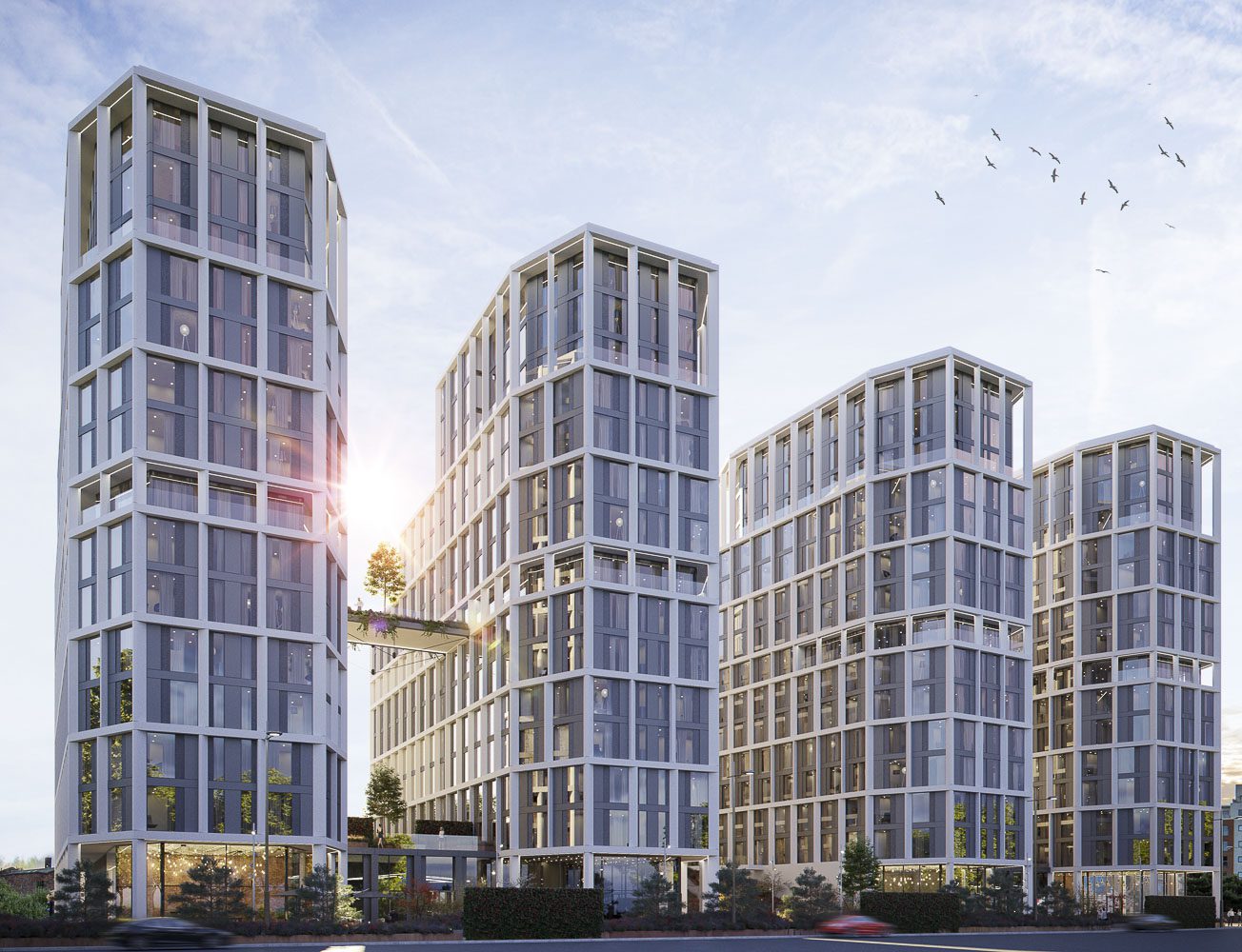Average property price: £277,000
12-month price growth: 10.9%
Average rent PCM: £1069
12-month rental growth: 8.6%
Monthly rental growth: 0.6%
The UK saw a larger growth in February than the previous month, as the average price of property in the UK rose by £27,000 since February 2021.
According to Savills, annual house price growth was pushed to the second-highest reading since 2004 as high demand and low supply continued to make the housing market extremely competitive.
From a regional perspective, the East and the South-West had the highest annual growth, coming in at 12.5%, much higher than the national average. Same as in January, London lagged, but this time with a growth of 8.1%, much more in line with the national average.
Of the four countries in the UK, England had the most expensive average property price in February, with an average of £295,888, whilst Northern Ireland had the most affordable prices in the UK, coming in at an average of £159,151.
Savills recorded a higher number of sales and mortgage approvals in February as the market became busier, but there were still supply issues that were affecting the price of property both residential and rental.
The rental market also saw similar signs of continued growth, with a slightly higher increase on both a monthly basis and an annual one. This was a sign of continued demand for rental properties across the country, and good news for investors.
Scotland saw the highest monthly (1.7%) and annual (12.1%) rise in rents, with a new average of £760pcm. The East Midlands and London were the only regions to see rents fall, however, these were only drops of 0.1% and 0.2% respectively.
The North-East was once again the cheapest area to rent, with the average rent rising by 0.9% to £583pcm.


















